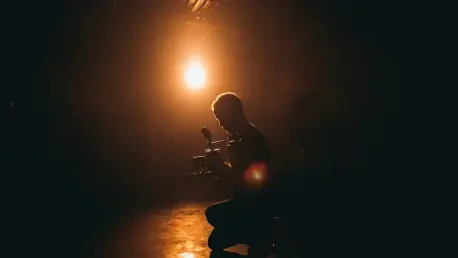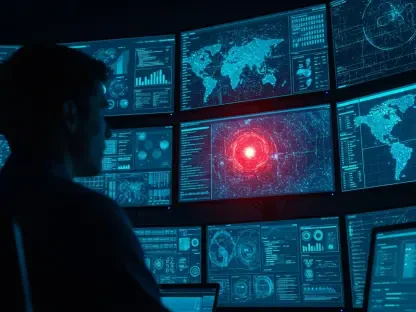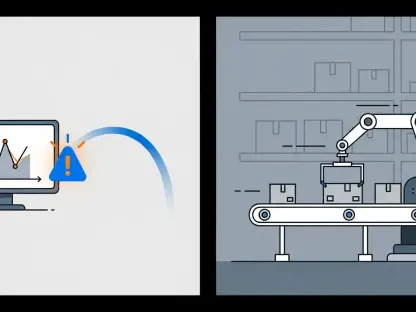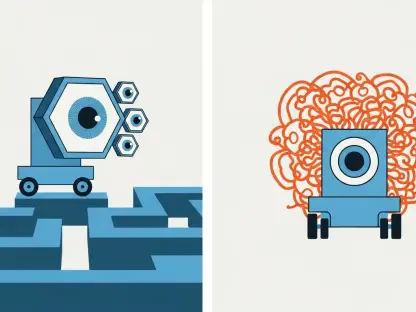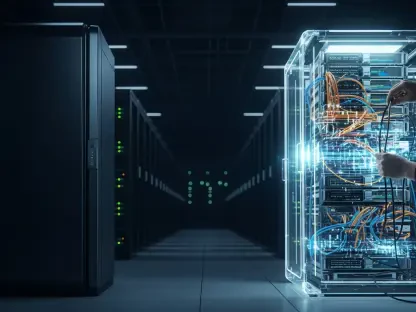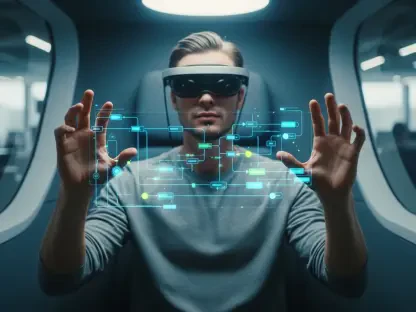In a groundbreaking move, the Academy of Motion Picture Arts and Sciences now allows films with generative artificial intelligence to compete for Oscars. This decision acknowledges the growing influence of AI in the film industry and poses vital questions about the dynamics of creativity and technological synergy. As AI continues to redefine traditional filmmaking practices, industry professionals face the challenge of safeguarding artistic integrity while embracing innovation.
Examining AI’s Evolving Role in Filmmaking
The emergence of AI as a critical tool in the film industry marks a significant shift from its initial hesitance. Over recent years, AI has transitioned from mere experiments in computer-generated imagery to sophisticated applications impacting various stages of production. Pioneering filmmakers now harness AI to streamline activities like scriptwriting and visual effects. Historical milestones, such as the enhanced dialogue in “The Brutalist” and the pioneering voice cloning in “Emilia Pérez,” illuminate AI’s transformative potential, paving the way for its acceptance in prestigious award considerations. This shift reflects a broader market trend acknowledging digital creativity’s vital role in cinematic evolution.
AI’s Impact on Award Platforms and Audience Perception
Navigating the Academy’s Approach to AI-Assisted Films
The Academy’s decision to allow AI-assisted films into the Oscars competition signals acceptance of technology’s role in complementing human creativity. Films like “Emilia Pérez,” which utilized AI for performance enhancement, demonstrate this synergy. However, filmmakers must strike a careful balance, ensuring AI’s contribution remains supportive without overshadowing human creativity. Despite potential concerns regarding AI displacing traditional artists, the Academy’s stance reflects a commitment to maintaining human authorship as central to storytelling, preserving narrative richness and authenticity.
Industry Insights: Audience Reception and Broader Implications
Audience research indicates a surprising openness to AI-assisted films, presenting a promising outlook for industry professionals. In alignment with trends seen in music and visual arts, viewers draw a clear distinction between AI’s role as an enhancer, not a replacement for human creativity. This evolving acceptance challenges filmmakers to innovate dynamically while maintaining authenticity, as technology augments storytelling possibilities. Such market dynamics present opportunities and challenges for filmmakers in delivering captivating narratives that resonate with diverse audiences.
Regional and Cultural Dimensions of AI Adoption in Filmmaking
The assimilation of AI in filmmaking varies globally, influenced by technological infrastructure and cultural perspectives. Regions with advanced tech frameworks show readiness to integrate AI, while others face ethical dilemmas regarding creative credit. Experts express diverse views, noting AI’s power to boost efficiency against potential ethical repercussions. Despite ongoing misconceptions about AI threatening human creativity, comprehending its nuanced role fosters awareness and encourages constructive dialogue. Understanding these regional disparities enriches the discourse on AI-driven storytelling, highlighting global cinematic diversity.
Future Projections for AI in Film: Trends and Paradigms
Looking ahead, AI promises to revolutionize aspects of filmmaking, driven by advances in machine learning and algorithmic creativity. The economic appeal of cost-efficient production, coupled with anticipated regulatory changes affecting digital rights, positions AI as a key player in shaping future industry standards. Experts envision a landscape where AI partnerships enhance creative diversity, prompting reassessment of artistic credit and labor recognition. These speculative insights suggest a future where AI and human creativity collaboratively pave new avenues for cinematic expression.
Strategic Approaches for Harmonizing AI with Human Creativity
To successfully integrate AI, industry stakeholders must pursue strategies balancing innovation with creativity. This includes fostering transparency in AI usage, establishing ethical guidelines, and prioritizing human authorship. Implementing best practices, such as employing AI for technical improvements while retaining creative direction, is crucial. Filmmakers should explore collaborations expanding storytelling scopes without diminishing artistic vision. Audience awareness of AI’s supplementary role can enhance viewing experiences. These strategic insights empower professionals to navigate evolving dynamics of AI in filmmaking thoughtfully, ensuring artistic integrity is upheld.
Reflections on AI’s Role in Filmmaking’s Transformative Era
The analysis captured AI’s growing recognition in the film industry, underscoring vital shifts in creativity and technological integration. As AI reshapes conventional creative processes, it sparks substantive discussions on authenticity, ethics, and innovation. Moving forward, embracing AI while preserving human ingenuity presents an opportunity for a collaborative future in storytelling. The industry stands at an intriguing crossroads where artificial intelligence and artistic pursuits merge, enhancing narrative possibilities in shaping the cinematic landscape.
